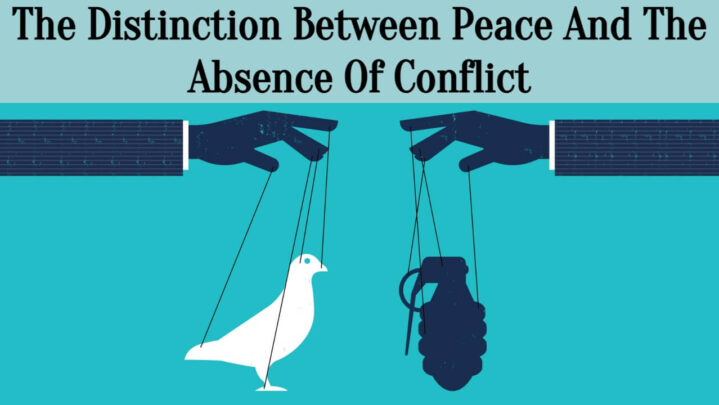The lack of violence just indicates that there are no active conflicts, not that everyone lives in peace. For example, a nation that is not at war may yet have high levels of poverty, injustice, inequality, and social instability, all of which can harm inhabitants’ quality of life.
Peace is a broad notion that embraces many facets of human existence, including economic, political, social, and environmental well-being. People in a peaceful society have access to fundamental necessities including food, shelter, education, and healthcare. They have political and civic rights, as well as freedom of expression and equality before the law.
Furthermore, peace is a worldwide task, not simply a domestic one. Peace must be developed in each country and sustained via international cooperation and partnership. To solve global issues like poverty, climate change, and disease transmission, which can lead to war and instability, the international community must work together.
Finally, comprehending the complexity of creating peace requires distinguishing between peace and the absence of conflict. While the absence of conflict is required for peace, it is not sufficient. Peace is a dynamic and multifaceted idea that entails establishing and sustaining a world that is just, equitable, and harmonious for all.
Also Read: Mankind’s Best Option Is Peace and Harmony





